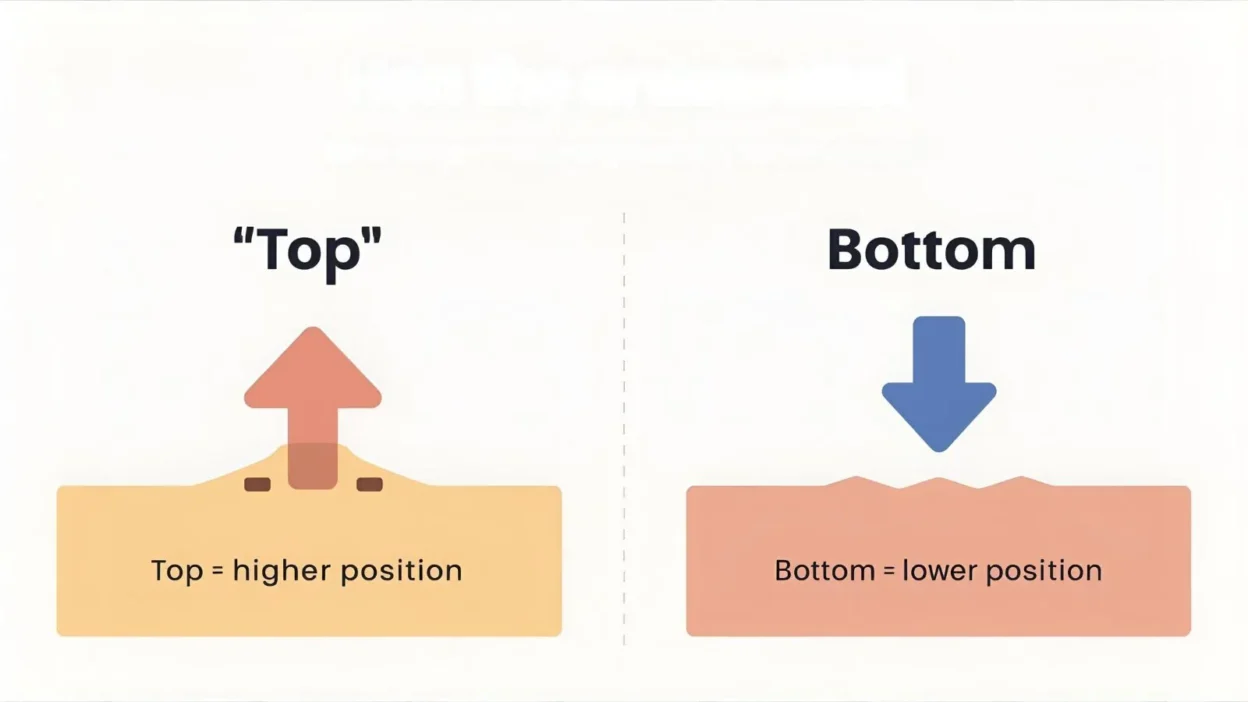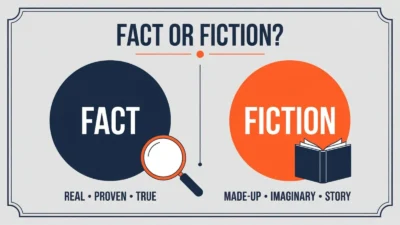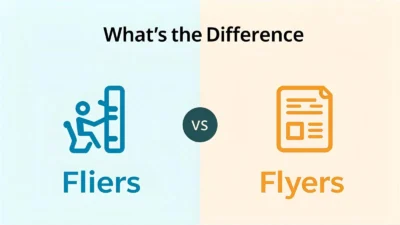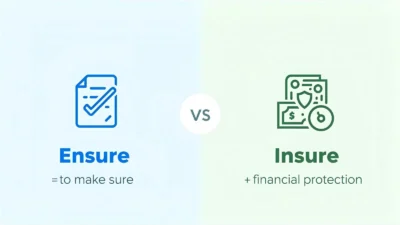Have you ever stopped and wondered what “top or bottom” really means? You’re not alone — this phrase appears everywhere, from everyday talk to gaming, fashion, and design.
Yet, many people still get confused about its proper use.If you’re a student, writer, or professional aiming to sound clear and correct, this guide is for you.
We’ll quickly explain its meaning, origin, and common uses so you can use “top or bottom” with confidence every time.
Top or Bottom – Quick Answer 🧭
“Top or bottom” simply refers to two opposite positions or choices:
- Top = higher, leading, or superior position.
- Bottom = lower, base, or opposite position.
Examples:
- “Do you want the top or bottom bunk?”
- “Click the button at the bottom of the page.”
- “The top score wins the game.”
It’s that simple — “top” means upper or leading, while “bottom” means lower or base.
The Origin of “Top or Bottom” 📜
Both words come from Old English:
- Top (from topp) meant “summit” or “highest point.”
- Bottom (from botm) meant “lowest” or “base part.”
Over time, the pair naturally became an easy way to describe contrasting ends — similar to “high and low” or “left and right.”
British English vs American English Spelling
Unlike other spelling differences such as colour/color or travelling/traveling, the words “top” and “bottom” are spelled the same in both British and American English.
The only difference lies in phrasing style:
- 🇬🇧 British English: Commonly says “at the top/bottom of the page.”
- 🇺🇸 American English: Uses the same phrase but may use shorter, more casual expressions in speech.
| Phrase | British English | American English |
|---|---|---|
| Top of the page | ✔ Used | ✔ Used |
| Bottom of the page | ✔ Used | ✔ Used |
| From top to bottom | ✔ Used | ✔ Used |
| Top or bottom bunk | ✔ Used | ✔ Used |
✅ Conclusion: There’s no spelling difference, only minor stylistic preferences.
Which Spelling Should You Use? ✍️
Since both spellings are identical, your choice depends on your audience location — though it rarely matters.
- US readers: No difference.
- UK/Commonwealth readers: No difference.
- Global audience: Safe to use either; meaning is universally clear.
✔ Recommendation: Always use “top or bottom” as-is — it’s correct everywhere.
Common Mistakes with “Top or Bottom” ⚠️
Here are frequent grammar slips to avoid:
❌ Adding unnecessary “the”:
- Wrong: “Do you want top or the bottom?”
- ✅ Correct: “Do you want the top or bottom?”
❌ Reversing the word order:
- Informal: “Bottom or top?” (okay but less natural)
- ✅ Preferred: “Top or bottom?”
❌ Incorrect plural use:
- Wrong: “Tops or bottoms” (unless about clothing).
- ✅ Correct: “Top or bottom.”
“Top or Bottom” in Everyday Examples 💬
You’ll see this phrase in almost every kind of writing or speech:
- Emails: “Please sign at the bottom of the page.”
- News: “The candidate finished at the top of the polls.”
- Social media: “Which photo do you like better, the top or bottom one?”
- Formal writing: “Rank the results from top to bottom.”
Its simplicity makes it flexible in formal and casual communication alike.
“Top or Bottom” – Google Trends & Usage Data 📊
Search interest in “top or bottom” remains strong because the phrase appears across multiple industries and contexts:
- Education: Grades, ranking, test results
- Design: Page layout, website sections
- Fashion: Clothing categories (tops vs bottoms)
- Gaming: Leaderboards, map positions
| Country | Popular Context |
|---|---|
| USA | Gaming, page layout |
| UK | Education, formal writing |
| India | Exams, online forms |
| Australia | Casual speech, design |
The phrase is globally recognized — making it safe for international use.
FAQs about “Top or Bottom”
1. Is “top or bottom” correct grammar?
✅ Yes, it’s grammatically correct and widely used in all forms of English.
2. Can I say “bottom or top” instead?
Yes, but “top or bottom” sounds more natural and common.
3. Does the meaning change worldwide?
Not really — context (school, design, fashion) might slightly adjust its sense.
4. Is it formal or informal?
It’s both — perfectly fine in emails, news writing, and conversation.
5. Do British and American English spell it differently?
No, both use the same spelling.
6. Can “tops or bottoms” ever be right?
Yes, but only in fashion (e.g., shirts = tops, pants = bottoms).
7. Is it used in ranking?
Yes! Example: “He finished at the bottom of the list.”
Conclusion ✅
The phrase “top or bottom” might seem simple, but it’s a powerful way to describe contrasts and choices across languages and industries. Originating from Old English, it has stayed consistent and universal in modern English.
There’s no British or American spelling difference, only small phrasing preferences. Just avoid article and plural mistakes, and you’re good to go.
Whether you’re writing an email, ranking results, comparing designs, or choosing between two options, “top or bottom” fits naturally everywhere. Use it confidently — it’s correct, clear, and timeless.



